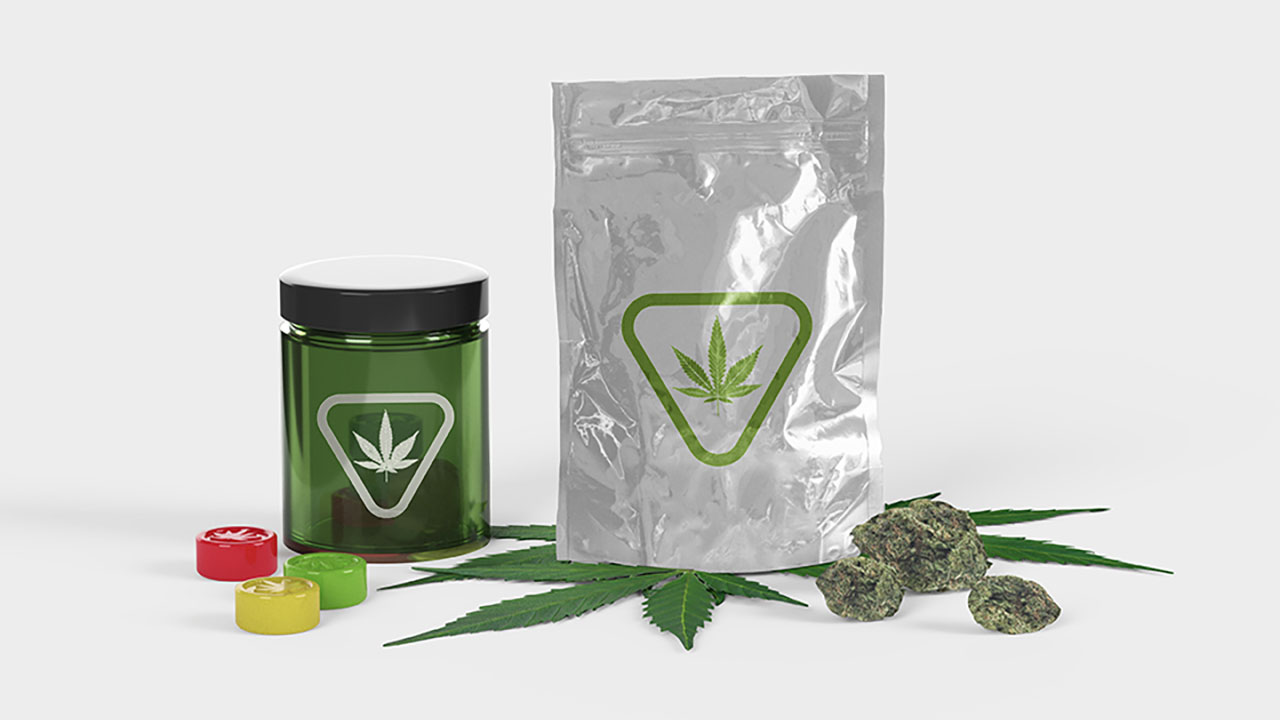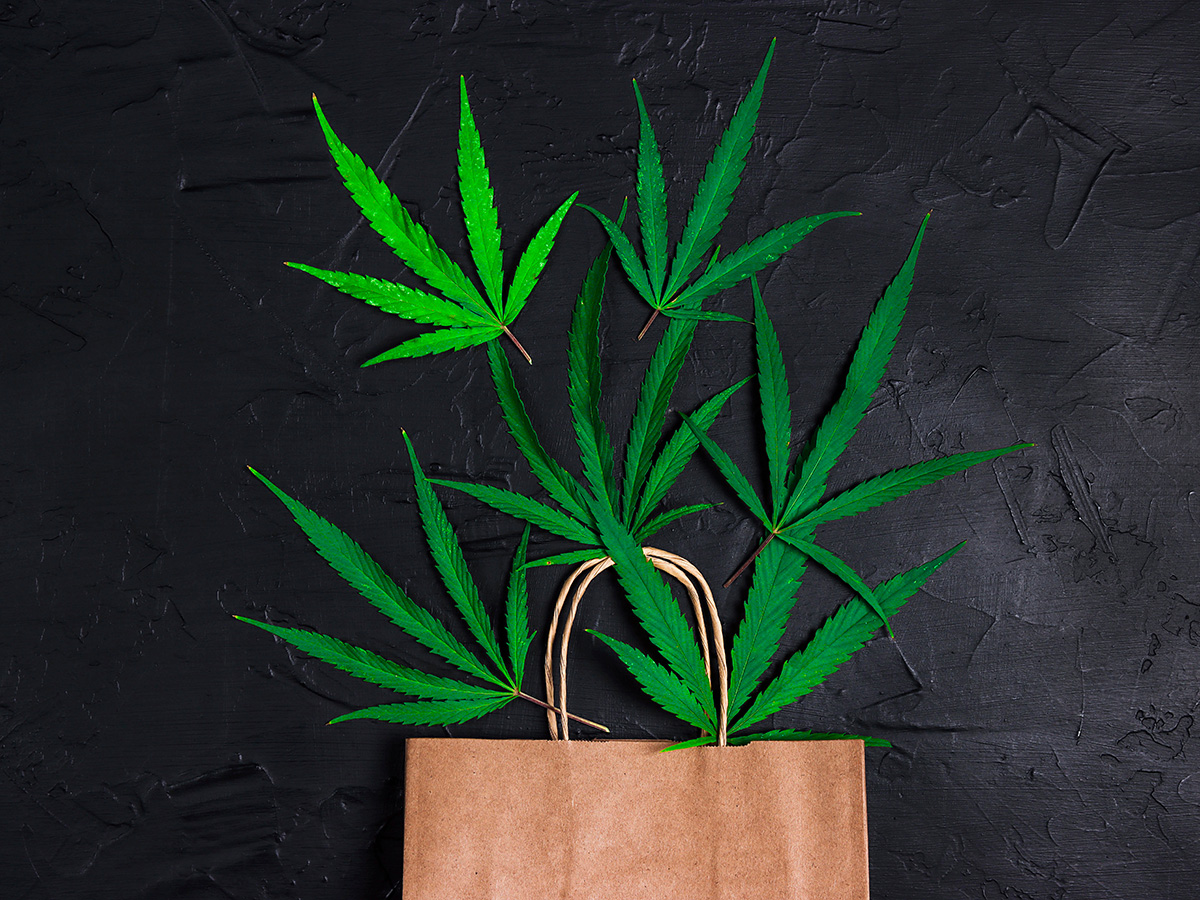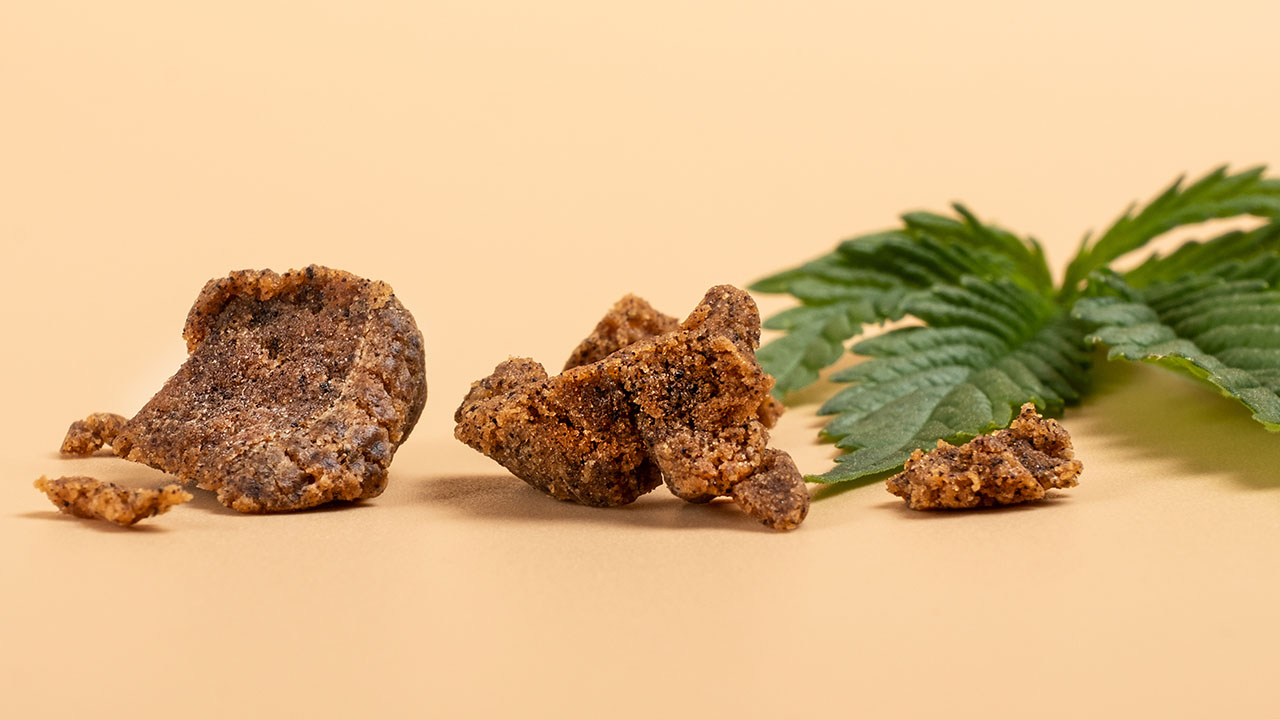
How to Read a Cannabis Product Label
February 15, 2024
You can read a thousand articles on just as many blogs, and at the end of the day, the most important thing to know about buying cannabis is this: check your label. Understanding the information presented on a cannabis product label is crucial for making informed choices and ensuring a safe and enjoyable experience. In this guide, we'll break down the components of a cannabis label, providing insights into product names, cannabinoid ratios, terpene profiles, lab testing, and important dates.
What is a Cannabis Label?
A cannabis label, or dispensary label, is a detailed informational panel attached to a cannabis product.1 It provides a smart dispensary shopper with essential details about the contents of the package and the properties of the product—like the cannabinoids found in the product, the weight of it, and other ingredients that may be found in it. Each element on the label serves a specific purpose in guiding consumers through their cannabis experience, much the same way an ingredients label informs your choices at the grocery store.
Product Name or Strain
The product name or strain is often the first piece of information you'll encounter on a cannabis label.2 Names can be just creative or indicate the strains that parented the flower you’re considering. You will also likely get an indication about whether the strain is indica, sativa, or hybrid. Most strains will be hybrids, and you may see a ratio of indica to sativa on the package. If you see that a strain is 100% indica or 100% sativa, this means that it is a landrace strain, which is a strain that is original to a certain location in the world.
Total Cannabinoids
Depending on the makeup of your strain, you’re likely going to see a variety of abbreviations, including THC, CBD, THCA, THCV, etc. THC and CBD are the major cannabinoids that most cannabis enthusiasts—whether you’re new or have been in the industry for a while—know. The other abbreviations are additional minor cannabinoids or cannabinoid precursors that may also be found in your strain. This total cannabinoid makeup will give you a better idea of what you’ll find in your strain, and as you experience more types of strains, can help you better understand the cannabinoids that provide the best experience for you.
What are THC to CBD Ratios?
THC and CBD, as the major cannabinoids found in cannabis, can play a pivotal role in how you experience a strain. Some strains will have little to no CBD in them, while other strains, especially beginner strains, might have more CBD than THC. It’s important to understand the THC-to-CBD ratio of your product because it can change the way cannabinoids work with your endocannabinoid system.3 THC will cause psychoactive effects, and CBD may create more balanced or even therapeutic experiences for some cannabis enthusiasts. Ultimately, it’s good to experiment with different ratios to understand the best CBD-to-THC ratio for your body.
What is THCA and CBDA?
THCA and CBDA are the acidic forms of THC and CBD found in raw cannabis. When cannabis is decarboxylated, THCA and CBDA turn into THC and CBD, respectively. For some manufacturers, they prefer to list the total percentage of THCA or CBDA in a product, rather than tell you how much THC alone is in it.1 For other companies, both THC and THCA in a product are listed to ensure you know how much THC is already in your flower and how much will be added to the flower once you decarb it.
What is TAC?
TAC, or total active cannabinoids, provides a comprehensive measure of all the cannabinoids found in a product. It includes not only CBD and THC percentages but also other minor cannabinoids contributing to the overall effects that your endocannabinoid system experiences. For many cannabis enthusiasts, both recreational consumers and medical marijuana patients, the TAC is a great way to understand how you may feel when you imbibe.4
Terpene Profile
Terpenes are aromatic compounds in cannabis responsible for its distinctive scents and flavors. As research continues around terpenes, we’ve come to realize that there’s a possibility terpenes also play a role in the effects you feel while consuming cannabis. Understanding the terpene profile on a label allows consumers to anticipate the sensory experience and potential effects of a strain based on previous experience with a similar terpene profile.2
Lab Testing
Lab testing information is crucial for verifying the safety, quality, and potency of a cannabis product. It’s also what differentiates the regulated cannabis market from the unregulated cannabis market. Lab testing can ensure you understand what is in your product in addition to the cannabinoids or terpenes, such as pesticides, solvents, and more.5 If lab testing information isn’t present on the label, talk to your budtender to get a better sense of where you can find that information on the product you’re interested in.
Dates
You don’t ignore dates on your groceries, and you shouldn’t ignore dates on your cannabis. Dates on a cannabis label are critical for understanding the product's freshness and shelf life.6 Key dates include:
Harvest Date
The harvest date is when the marijuana flower was actually taken from the growing plant. The closer the date is to when you’re purchasing, the more likely you’re receiving a fresh product. With marijuana, the fresher, the better.
Packaging Date
Cannabis, once harvested, has to be packaged and sealed. That date of packaging should always be close to the harvest date. The packaging date is also a great way to understand when you should have fully consumed your product.
Expiration Date
While cannabis doesn’t necessarily expire, it does get to a point where it’s just not as effective—even if you store it properly. The expiration date is the date in which your cannabis starts changing its profile and may not provide the same oomph you expected. While it is possible to consume your marijuana after the expiration date, it’s important to check it for any strange smells or visual disturbances prior to indulging. If you see something looks weird or smells weird, just toss your product and go get something fresher.
Variations by Cannabis Product
Labels are unique to their cannabis product, and variations occur depending on the type of product you’re interested in purchasing. For example, you will get nutritional facts on edibles, but those nutritional facts won’t be on flower that you’re not supposed to eat. Here are some more variations:7
Flower
For cannabis flower, labels often emphasize strain information, cannabinoid percentages, terpene profiles, and dates. You may even find a batch ID number that will allow you to figure out where your cannabis flower came from.
Edibles
Edible labels often have a lot number (much like a batch ID) and will also come with an expiration date and nutritional facts. You’ll also see an indication of how much THC is in a serving, so that you can make an informed decision about how much you should consume.
Tinctures
Tincture labels provide information about the concentration of cannabinoids per serving and may include additional ingredients. If you like to microdose, tincture labels make it easy so you understand the dosage you're getting per drop of tincture.
More About Cannabis Labels
Cannabis product labels serve as a gateway to a deeper understanding of the products they represent. As the industry evolves, labels are becoming more standardized, providing consumers with clearer and more transparent information. Like with any other label, you should give it a read to better understand the product you’re purchasing. If you ever see something you don’t understand, just ask your budtender.
Sources:
1. “How to Read a Cannabis Label,” Where’s Weed, January 6, 2023, https://wheresweed.com/blog/education/2023/jan/how-to-read-a-cannabis-label
2. “How to Read Cannabis Product Labels,” Leafwell, October 7, 2024, https://leafwell.com/blog/read-cannabis-product-label
3. “Everything You Need to Know About CBD:THC Ratios,” Veriheal, July 13, 2023, https://www.veriheal.com/blog/everything-you-need-to-know-about-cbdthc-ratios/
4. “How to Read a Cannabis Label,” Where’s Weed, January 6, 2023, https://wheresweed.com/blog/education/2023/jan/how-to-read-a-cannabis-label
5. “How to Read a Cannabis Label Like a Pro,” Popsugar, March 16, 2019, https://www.popsugar.com/news/how-read-cannabis-labels-45901766
6. “How to Read Medical Marijuana Labels,” Green Health Docs, January 7, 2021, https://greenhealthdocs.com/how-to-read-medical-marijuana-labels/
7. “A Guide to Reading Marijuana Labels,” Leafbuyer, May 1, 2019, https://www.leafbuyer.com/blog/reading-marijuana-labels
Use of Marijuana Concentrate may lead to: Psychotic symptoms and/or Psychotic disorder (delusions, hallucinations, or difficulty distinguishing reality); Mental Health Symptoms/Problems; Cannabis Hyperemesis Syndrome (CHS) (uncontrolled and repetitive vomiting); Cannabis use disorder/dependence, including physical and psychological dependence. Please consume responsibly. This product may cause impairment and may be habit forming. There may be health risks associated with consumption of this product. State laws impact what dispensaries can and can’t sell to recreational customers and medical marijuana patients. Not every type of product, consumption method, dosage form, or potency mentioned on this blog will be permitted in all locations.


